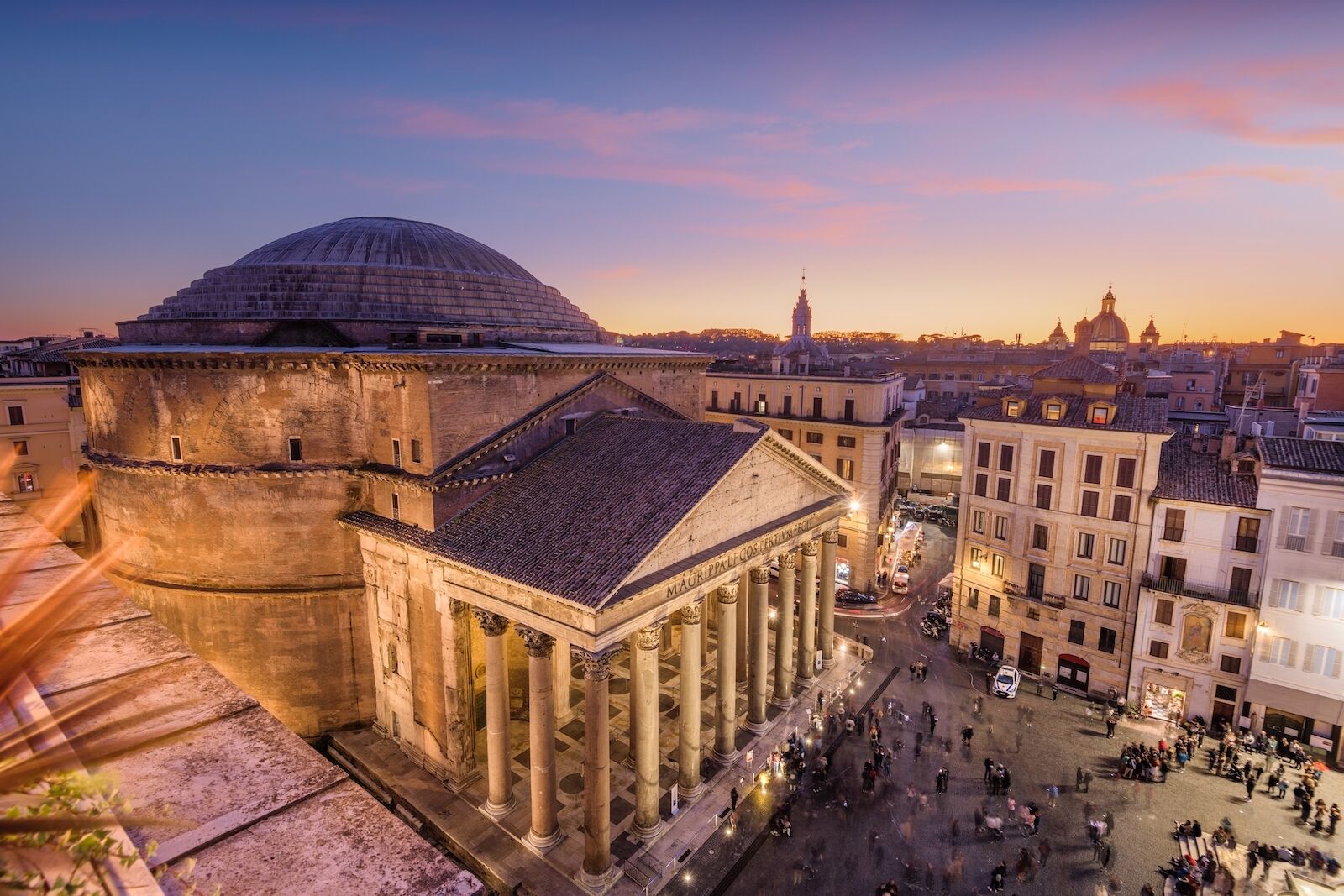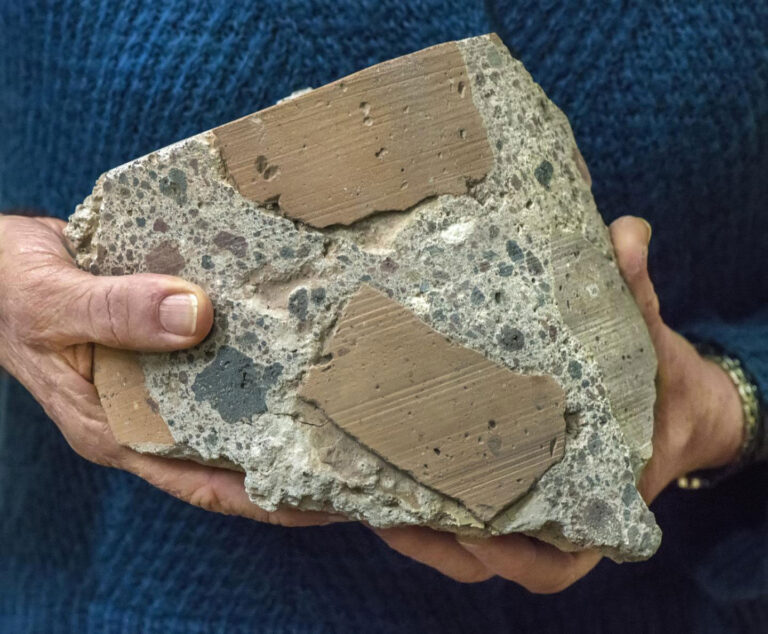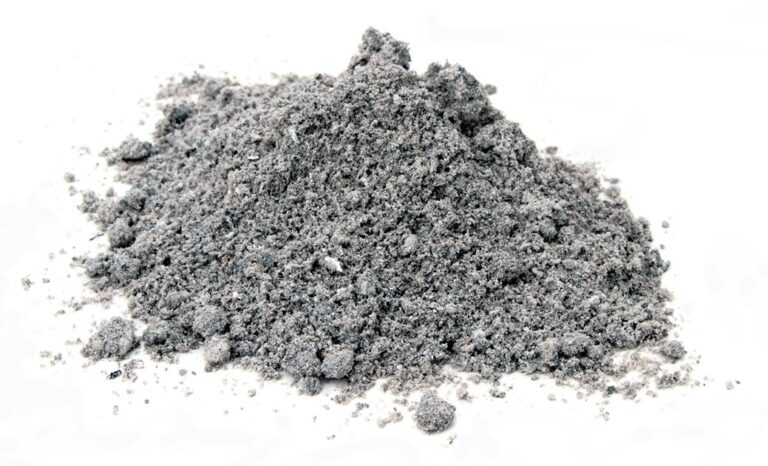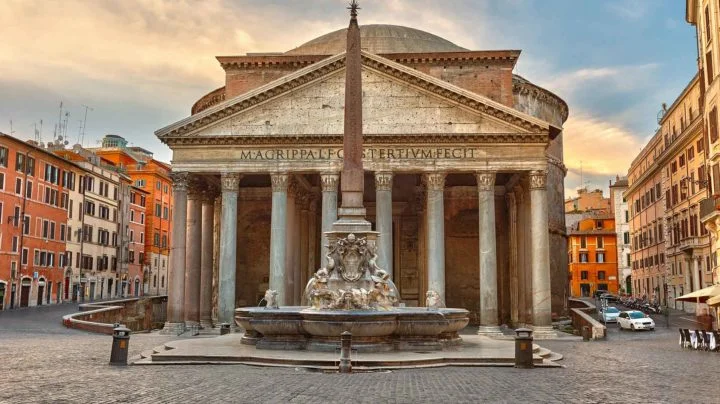You might be wondering, “Why haven’t we just recreated this stuff?” Well, the problem is twofold:
Materials:
The key ingredient—volcanic ash from specific regions like Pozzuoli near Naples—isn’t easy to come by. The Romans had access to a unique geological landscape that gave them the right kind of pozzolana.Time and Profitability:
Modern construction values speed and cost-effectiveness. Roman concrete takes longer to cure and strengthen, but our fast-paced building industries prefer materials that set quickly. Additionally, regulations and infrastructure are deeply rooted in Portland cement usage.




